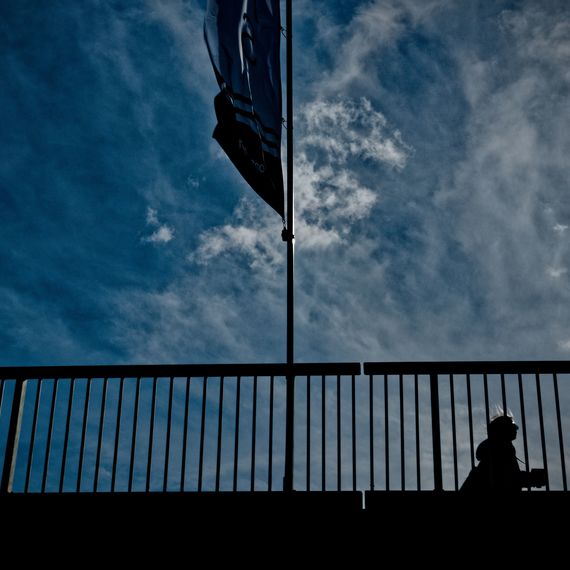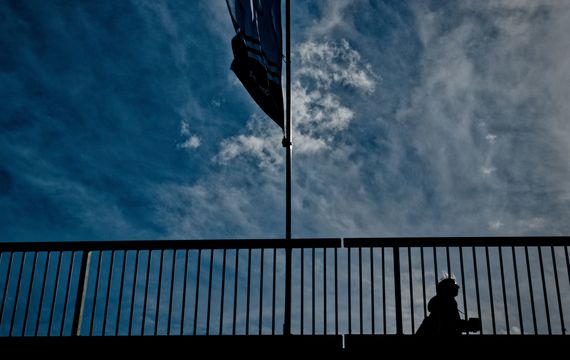Energy and refinement combined
Gert François, professor of percussion at the Royal Conservatory of Brussels and head of the timpani section at the Brussels Philharmonic, has performed and recorded many of Henderickx’s compositions. The two musicians met in the early 1980s during their studies at a masterclass by the French drummer Dante Agostini in Antwerp. That was the beginning of a warm friendship and reciprocal interest in each other’s work.
Along the way, François and Henderickx made plans to perform together. François thus wrote Raga I for percussion and two pianos in 1995, and a few years later a version with orchestra. In addition, he also appeared as one of the two soloists in Confrontations, and in 2011 performed the première of Groove! with the Brussels Philharmonic conducted by Giancarlo Guerrero. Not long after the première, Henderickx and François came up with the idea of writing a work for timpani: ‘During Reggae Geel, our annual guilty pleasure, somewhere among the trees of the dubstep forest, we speculated about how we could give further shape to that idea. We wanted to offer an alternative to the current solo literature for timpani, which – with the exception of Le Sacre du Printemps by Stravinsky – made little room for the lyricism and subtlety of the instrument. The majority of compositions are showpieces that give vent mainly to the tribal aspect and the volume. Our starting point soon became clear: the music should convey both the ritual energy and the inner poetry of the timpani.’
While François received a completed score for Raga I, in later works he was given more freedom of choice: ‘Forr Groove!, Wim gave me a score with various possibilities in matters of technique – he did not shy away from the challenge. I was able in that case to indicate what was and wasn’t feasible as a player. Sometimes we came into conflict with each other, since he had a certain musical idea in his head that for me was practically speaking unplayable. He encouraged me to work harder (laughs). But because we had such a close friendship, we were able to share our views with each other in complete freedom.’


